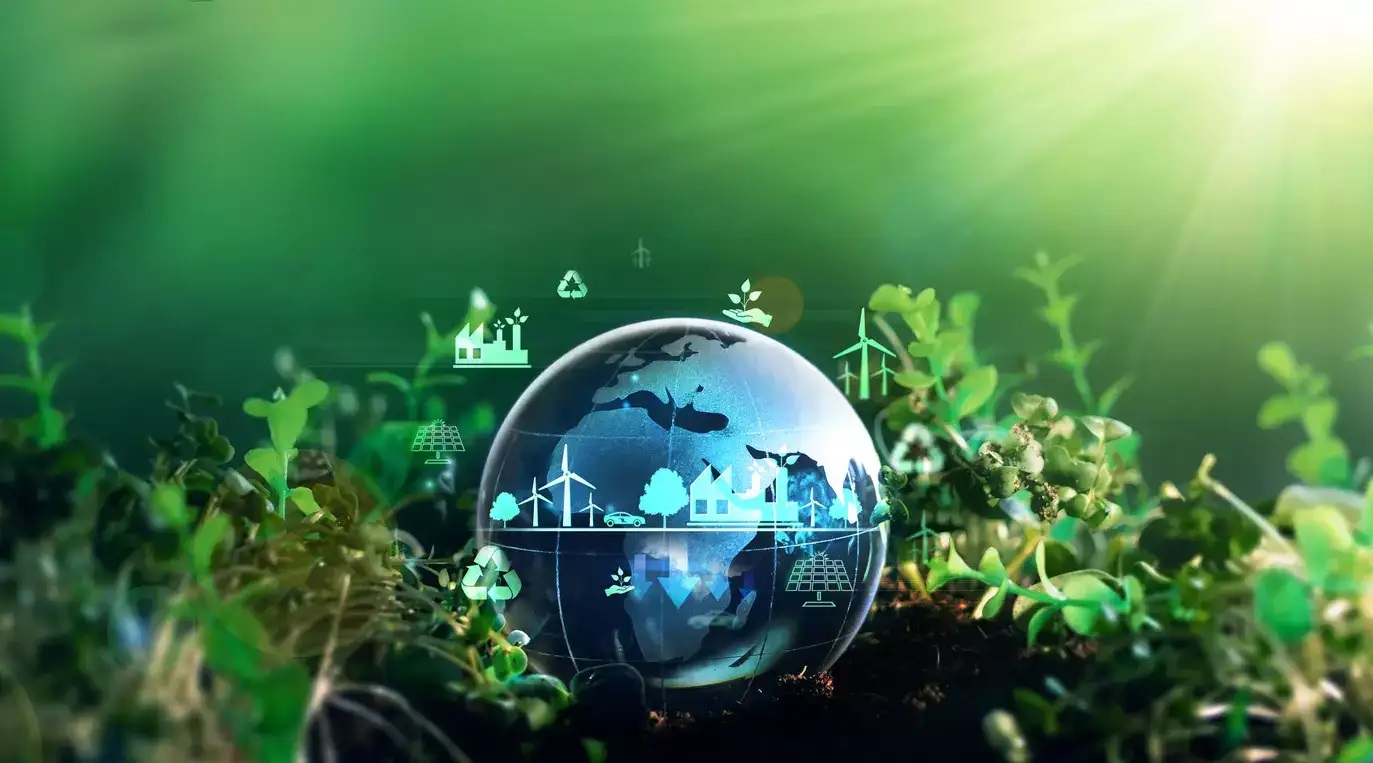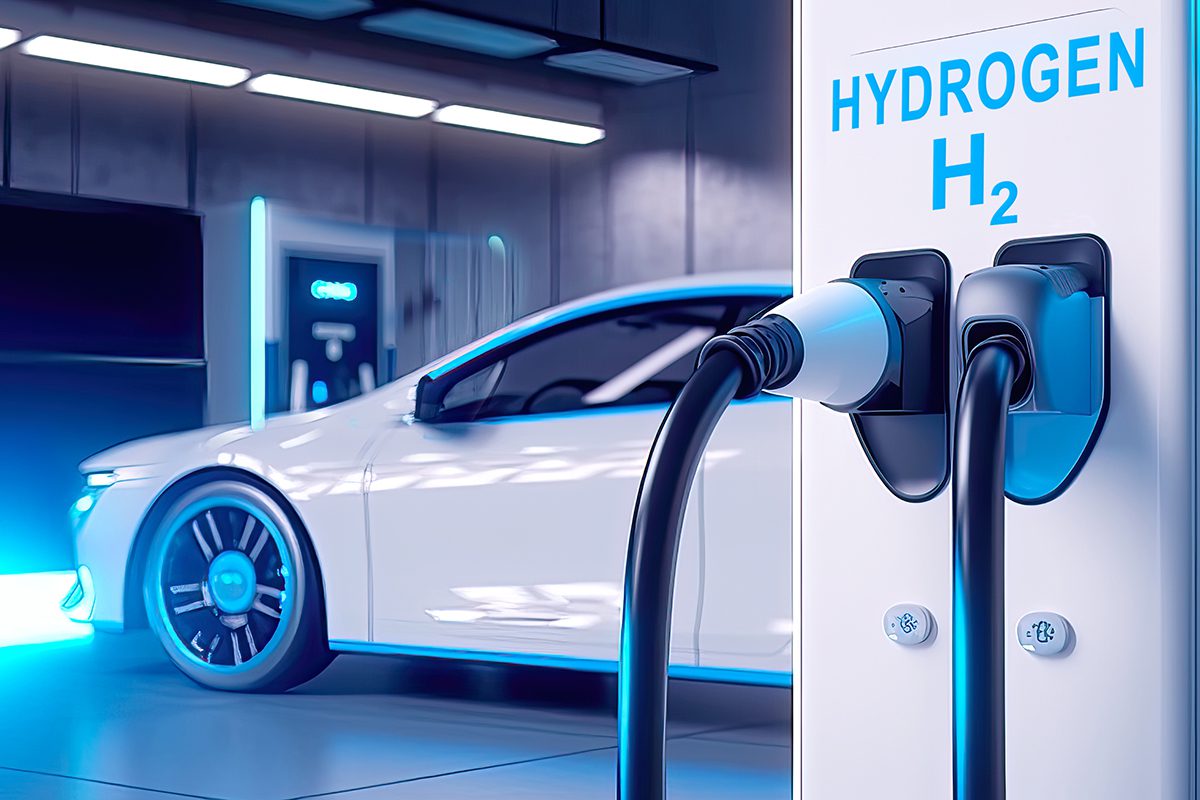Hydrogen and Global Policies: Challenges and Opportunities

Introduction
Hydrogen, the most abundant element in the universe, has long been used in industrial processes and energy production. However, in recent decades, its role in the global transition to sustainable energy systems has become more prominent. This article explores the benefits, challenges, and policies associated with hydrogen development, offering new pathways for decarbonization in industries and energy sectors.
Unique Properties of Hydrogen: A Key to the Energy Future
Hydrogen has unique chemical and physical properties that make it a promising energy carrier:
- High Energy Density: One kilogram of hydrogen produces nearly three times more energy than gasoline.
- Storage and Transportation Flexibility: Hydrogen can be stored as a compressed gas or liquid, though advanced technology is required to ensure efficiency and safety.
- Clean Consumption: The primary byproduct of hydrogen combustion is water vapor, meaning zero greenhouse gas emissions.
Hydrogen Production Methods and Environmental Impacts
Hydrogen production varies significantly in cost, environmental impact, and technological feasibility. The three primary methods are gray hydrogen, blue hydrogen, and green hydrogen.
1. Gray Hydrogen: The Most Common but Polluting Method
Process: Produced via Steam Methane Reforming (SMR), where natural gas reacts with steam to generate hydrogen and carbon dioxide.
Pros:
- The cheapest and most widely used method.
- Existing infrastructure supports large-scale production.
Cons:
- Produces significant CO₂ emissions.
- Relies on non-renewable fossil fuels.
Environmental Impact:
Produces 9–12 kg of CO₂ per kilogram of hydrogen.
2. Blue Hydrogen: A More Sustainable Approach
Process: Uses SMR but integrates Carbon Capture and Storage (CCS) to reduce emissions.
Pros:
- Can reduce CO₂ emissions by up to 90%.
- Utilizes existing natural gas infrastructure.
Cons:
- CCS technology is expensive and not yet widespread.
- Still depends on fossil fuels.
Environmental Impact:
Produces 1–2 kg of CO₂ per kilogram of hydrogen.
3. Green Hydrogen: The Future of Sustainable Energy
Process: Produced via water electrolysis using electricity from renewable sources.
Pros:
- Zero emissions.
- Uses renewable energy, reducing fossil fuel dependency.
Cons:
- Higher production costs.
- Requires investment in infrastructure and technology.
Environmental Impact:
Produces 0 kg of CO₂, the most environmentally friendly method.
Cost and Environmental Impact Comparison of Hydrogen Production Methods
| Method | Production Cost (per kg) | CO₂ Emissions (per kg H₂) | Environmental Sustainability |
|---|---|---|---|
| Gray Hydrogen | $1–$2 | 9–12 kg | Low |
| Blue Hydrogen | $2–$3 | 1–2 kg | Medium |
| Green Hydrogen | $3–$7 | 0 kg | Very High |
Technological Innovations to Reduce Costs
- Electrolysis Advancements: PEM and solid oxide electrolyzers.
- Integration with Renewables: Hybrid solar-wind setups for efficient electrolysis.
Green hydrogen is the long-term solution for carbon-neutral economies.
Key Applications of Hydrogen in Various Industries
1. Transportation
- Fuel Cells: Power vehicles with electricity from hydrogen and oxygen.
- Examples:
- Toyota Mirai & Hyundai Nexo
- Coradia iLint – hydrogen train
Challenges: Infrastructure and cost.
2. Chemical Industry
- Feedstock for ammonia and methanol (via Haber-Bosch).
- Green hydrogen can make these processes carbon-neutral.
3. Energy Storage
- Long-term storage of excess renewable energy.
- Grid stability through reconversion to electricity.
4. Heavy Industry
- Replace coke in steel manufacturing.
Example: HYBRIT (Sweden)
5. Aerospace & Space Exploration
- Rocket fuel (e.g., NASA, SpaceX, ArianeGroup)
Global Hydrogen Policies: Frameworks and Strategies
1. National Hydrogen Strategies
- 50+ countries with roadmaps
- Targets:
- 113.5 GW electrolyzer capacity by 2030
- 287 GW by 2050
2. Industrial Policies
- Financial incentives and carbon pricing
- Subsidies and tax breaks
3. International Collaborations
- EU, IRENA, Japan partnerships
- H2Med (EU-Japan)
- €90B EU fund for green hydrogen
4. Challenges and Barriers
- High costs of green hydrogen
- Tech limitations in storage/transport
- Lack of global coordination
Conclusion: The Future of Hydrogen
Hydrogen can become a cornerstone of clean energy. Strong policies, innovation, and collaboration are essential to harness its full potential for a sustainable energy transition.
References & Further Reading
Related Articles

Introduction to Hydrogen Vehicles and How They Work
Since the invention of the first automobiles, vehicles have evolved into highly advanced machines.

The History of Hydrogen Discovery and Development
Hydrogen, the most abundant element in the universe, has played a crucial role in scientific advancements and industrial applications. From its initial discovery in the 18th century to its modern use in energy and aerospace, hydrogen has transformed various industries and continues to be at the forefront of clean energy solutions.

The Use of Hydrogen in Optical Fibers
Optical fibers are among the most innovative and essential technologies in modern communications and telecommunications. As advancements continue across various fields, one of the complex yet highly practical methods for improving optical fiber performance is the integration of hydrogen. Hydrogen plays a crucial role in enhancing the optical, mechanical, and chemical properties of optical fibers, making them more efficient for high-speed data transmission and long-distance communication.
